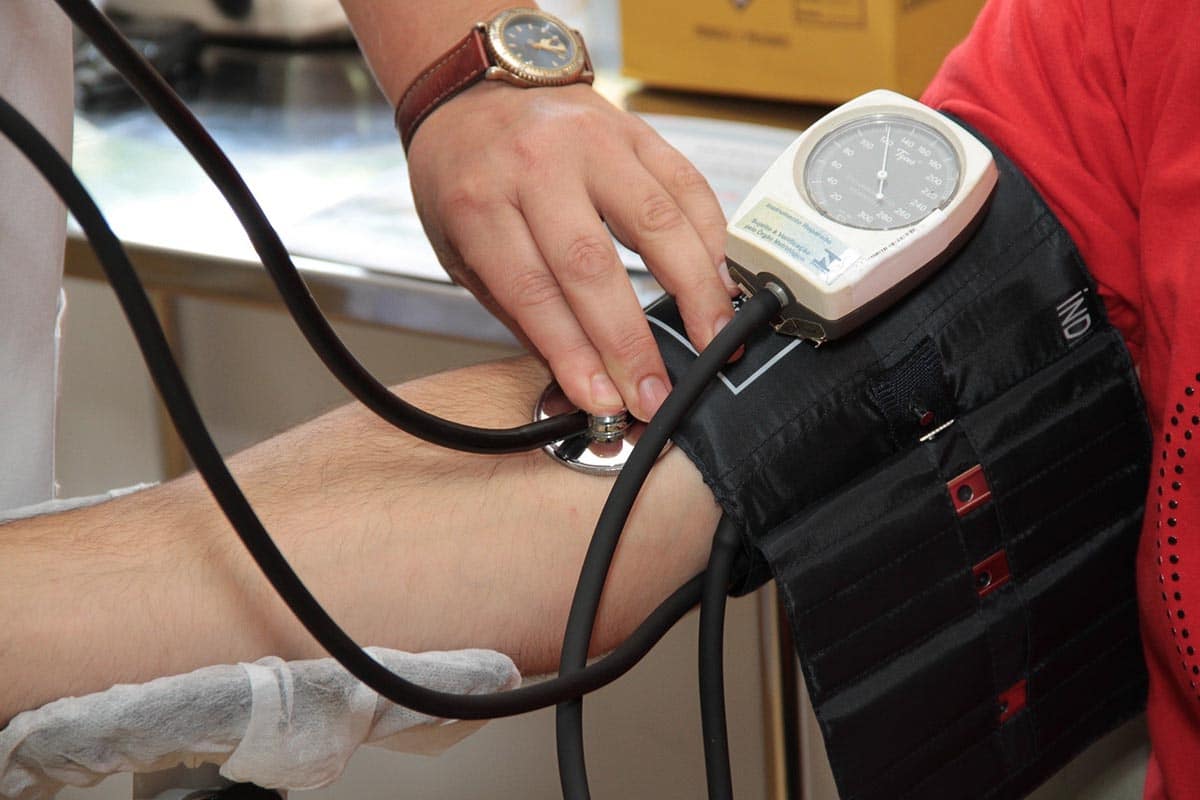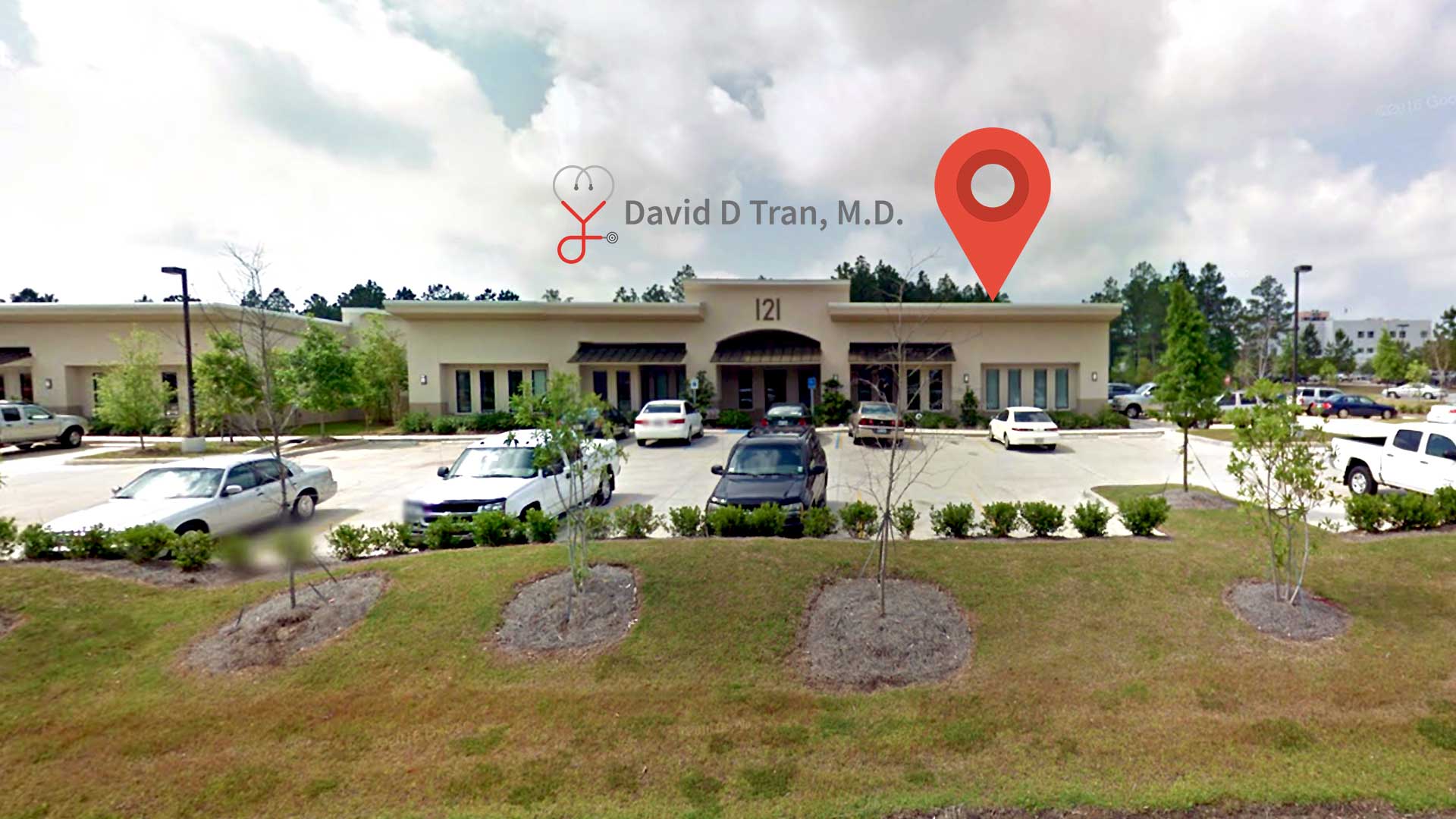
Hypertension (HTN) afflicts 29-31 percent of adults in the U.s. and is increasing in incidence as our population ages beyond 65. Approximately 46-51 percent of patients with HTN have blood pressure (BP) under control, i.e. less than 140/90. BP includes two numbers—the top number called Systolic Blood Pressure (SBP) and bottom number Diastolic Blood Pressure (DBP). A simple definition of high BP is when SBP is greater than 140 or DBP is greater than 90. SBP is a greater predictor of risk for patients older than 50 than DBP, whereas the latter is a better predictor of mortality for age less than 50.
Risk factors for developing primary HTN include HTN in both parents; excess sodium intake; excess alcohol intake; obesity and weight gain; physical inactivity; dyslipidemia independent of obesity; certain personality traits such as hostile attitude, impatience and depression; and vitamin D deficiency. HTN can be caused by kidney disease; oral contraceptives; drugs such as non-steroidal anti-inflammatory and antidepressants; renovascular disease and obstructive sleep apnea.
Complications of HTN include the development of premature cardiovascular disease, heart failure, arrhythmia, and sudden cardiac death, ischemic stroke, intracerebral hemorrhage, and chronic kidney disease.
Treatment: non-pharmacological lifestyle modifications include weight loss in obese patients; DASH diet; low sodium and low alcohol intake and increased activity. When lifestyle modifications fail to lower BP, then anti-hypertension medications should begin if SBP is over 140 in patients younger than 60 and over 150 mmHg in patients older than 60 and/or DBP over 90 mmHg.
Please contact our office for any questions about your blood pressure.


